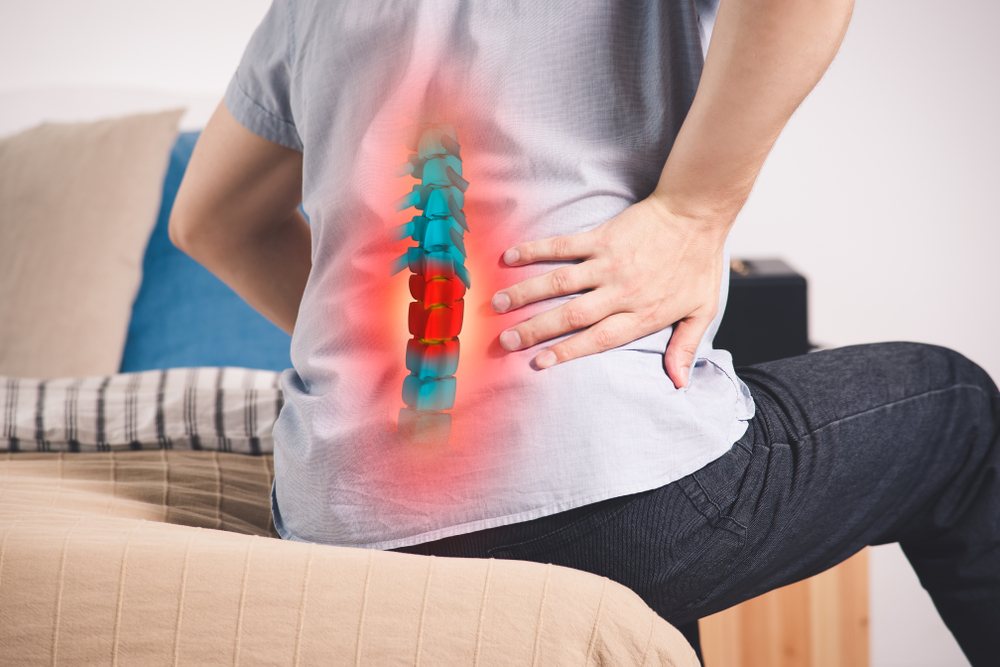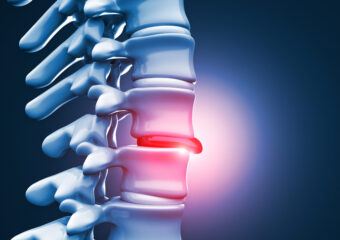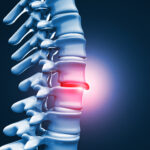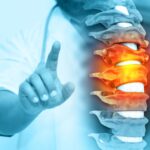
Compression Fractures

The spine is made up of strong bones called vertebrae. A vertebra can break just like any other bone in the body. When the vertebral body collapses, it is called a vertebral compression fracture. These fractures happen most commonly in the thoracic spine (the middle portion of the spine), particularly in the lower part. Vertebral fractures are usually caused by a condition such as osteoporosis, a very hard fall, or another type of injury.


The vertebral bodies are the round blocks of bone that form the front part of the spinal column. Compression fractures of the spine usually occur at the bottom part of the thoracic spine (T11 and T12) and the first vertebra of the lumbar spine (L1). Compression fractures of the spine generally occur from too much pressure on the vertebral body. The fracture occurs when the vertebral body collapses, causing the front part of the vertebral body to become wedge shaped. The bone tissue on the inside of the vertebral body is crushed, or compressed.
This can happen when the spine bends forward at the same time downward pressure builds on the spine. For example, falling to the floor in a sitting position causes the spine to bend and the head to be thrust forward. This posture combined with pressure on the buttocks concentrates pressure on the front part of the spine, the vertebral bodies.
Mid Back Pain
Mid-back pain, or thoracic back pain, refers to discomfort or pain in the middle of the spine, specifically in the thoracic region. This area, located between the cervical spine (neck) and lumbar spine (lower back), consists of 12 vertebrae (T1 to T12). Causes of mid-back pain can vary and may include muscle strain from overuse, poor posture, or sudden movements. Prolonged periods of sitting or standing with poor posture, herniated discs, spinal stenosis, osteoarthritis, trauma or injury (such as fractures or dislocations), poor ergonomics, and infections or inflammatory conditions can also contribute to mid-back pain.
Symptoms may include aching or sharp pain in the middle of the spine, stiffness, and limited range of motion. Pain may also radiate to the chest, abdomen, or around the ribcage. Management and treatment depend on the underlying cause. Conservative measures often include rest, ice or heat therapy, over-the-counter pain medications, and exercises to improve posture and strengthen the back muscles. Physical therapy may be recommended for comprehensive rehabilitation
Book an appointment
"*" indicates required fields







